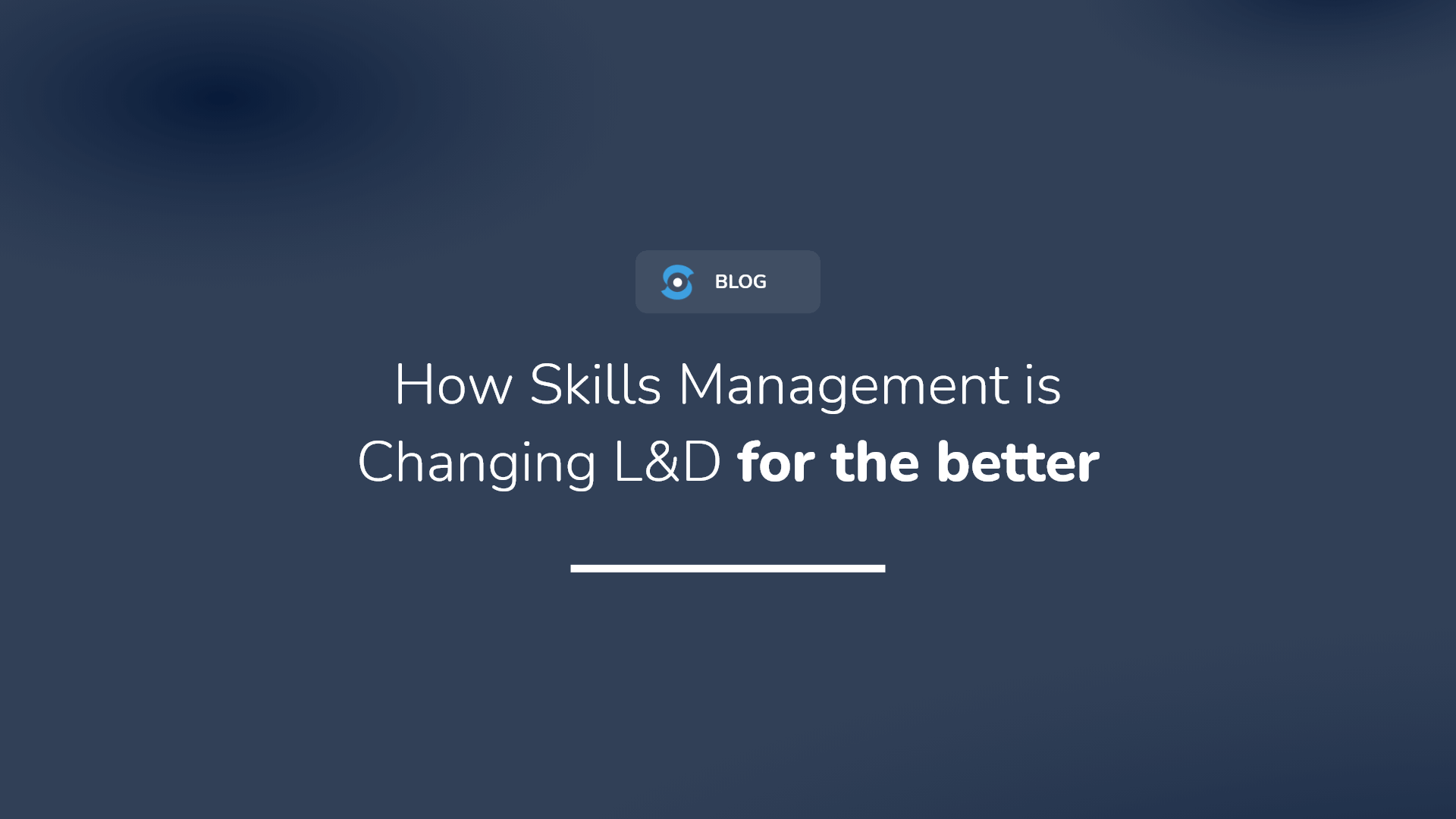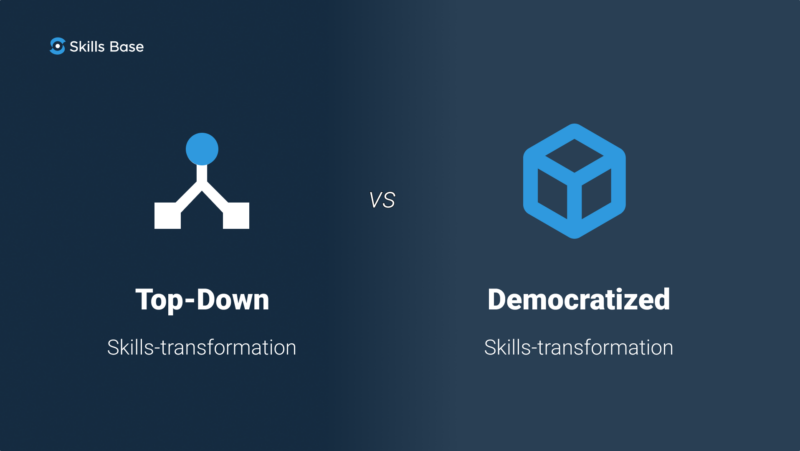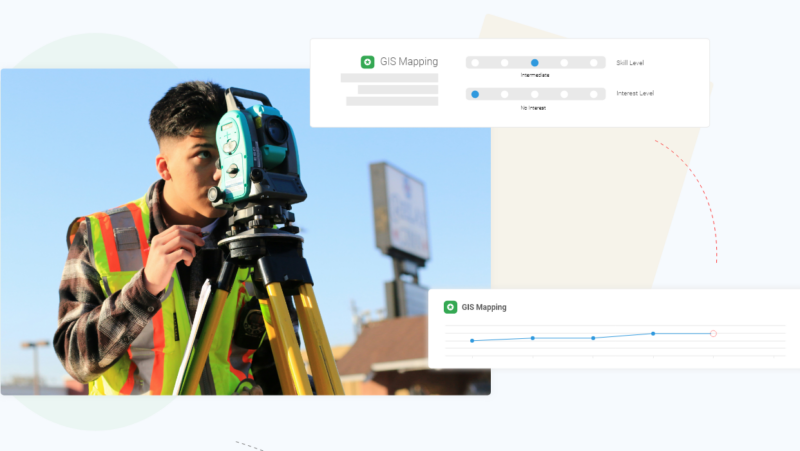The “Great Resignation” – something we have all been discussing around the world for well over a year. Whether you think it is a real problem or not, there is still something to be said for the idea that even knowledgeable workers are quitting from burnout or a sympathy with the budding anti-work movement.
In fact, workers are leaving their jobs at historic rates, with a record 4.5 million people resigning in November 2021 (The Guardian). This exodus is not just causing issues with the bottom line of a business, but creating unprecedented knowledge gaps across teams and organizations. Gaps that are often left unknown until it’s too late.
The question has to be asked for learning and development professionals: how can we better support people to thrive within their jobs? How can we move the needle and give more opportunities for people to grow in their careers and vocations? This is where Learning and Development (L&D) plays a crucial role and can further help to empower people.
It’s not just about creating content, or learning opportunities. It’s about understanding the goals of people, where their skill gaps and interests lie, and then act on this in a meaningful and bespoke way for each employee.
The changing nature of Learning and Development
Since 2020, L&D has changed a lot. The first hurdle was overcoming the virtual nature of the workplace and how to train a workforce remotely. In 2021, this evolved further, with L&D teams pivoting to implementing strategies that train and engage remote workers by using a blended learning approach. With this in mind, there are several areas L&D planning should be focused on in 2022:
- Agile learning – flexible, agile learning strategies have been a focus for many years but as our workspaces change, it has never been more important. New technologies are shaping the needs for businesses and people alike. Different people require different learning opportunities, and agile learning must be measured in a data-driven way. Not simply based on course completion, but genuine skill trends and career progression.
- Matching a hybrid environment – As organizations embrace different working environments; fully remote, full office work, hybrid work, or a rise in a contract-based workforce, learning strategies need to adapt as well. The goals of people, their skill levels, and skill interests can no longer stay in the heads of managers. The data needs to be transparent, accessible and actionable for each person.
- Transforming learning culture – The concept of learning is not linear and can’t be acted on in an ad hoc way. A team and organizational culture must be met with lifelong learning that not only meets the goals of a business, but each individual person. This requires skills data to underpin a learning strategy, learning investment and employee development.
- Sharing the impact of training – While valued, L&D can be considered a cost center by many leaders and it is important to demonstrate the value and performance benefits of training staff. Recognition of highly competent staff should be linked to performance reviews, Skills should be linked to actual work within an organization, opportunities should exist for elite employees to mentor up and coming staff and the only way to do this is to measure skill levels and interest levels, track skill trends and then act on skill gaps.
L&D in 2022 is all about putting skills at the heart of your learning and development decision making in a way that helps drive employees and see the business succeed. Every learning and development professional needs to embrace skills management to compliment strategy and workforce development.
Skills Management Supercharges Learning and Development
Skills management is all about identifying, measuring, and acting on the skills data within your organization. It is a foundational toolset to quickly see the skills of a person or workforce, where there are skills gaps, where people need upskilling, and what this all means for the organization’s bottom line.
- For people, transparency around skills and skill trends means that L&D can be kept honest. Having data to underpin the necessary learning opportunities means that employees and managers work collaboratively to find upskilling and reskilling pathways. Performance reviews are no longer “hearsay” but a discussion on how and where to improve.
- A team’s view of skills allows L&D managers to see where skill gaps lie, and act in a proactive and effective way to close skill gaps, and be ahead of the curve.
- Having a clear focus on skills across an organization means that L&D managers can pinpoint gaps in their learning strategy, and then utilize skill gap data to support the acquisition of additional investment. It also provides a clear representation to the executive team on what skills are needed in the future to ensure the organization retains a competitive advantage.
With skills data front and center, that’s transparent, accessible and actionable, L&D professionals can truly become data-driven – taking a seat at the executive table.
Why Skills Base should be your top pick
Hundreds of learning and development professionals already utilize Skills Base to enhance their decision making efforts. It is also recognized as a top 100 learning and development tool in 2021, as well as a learning and development tool to watch in 2022 – not because it’s a learning platform, but a skills management platform that compliments L&D efforts.
Complement your learning and development efforts and give Skills Base a go – contact us for a tour or get started for free today.



